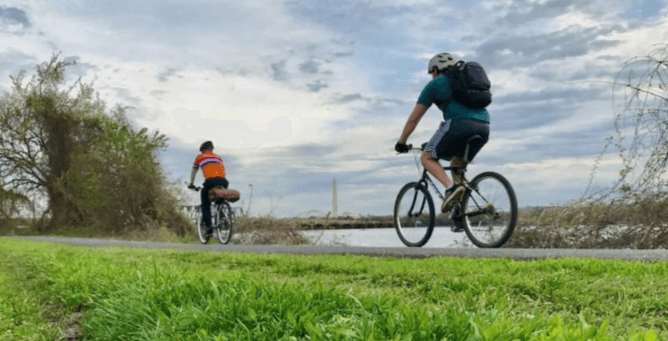How can riders plan a safe and enjoyable trail route?

Introduction
Planning a trail ride can be an exhilarating experience, but it requires careful consideration to ensure both safety and enjoyment. Whether you’re a novice or an experienced rider, understanding the key aspects of planning a trail route is crucial. This guide will provide you with detailed insights on how to meticulously plan your trail ride, ensuring it’s both safe and enjoyable.
Choosing the Right Trail
Understanding Trail Difficulty Levels
Selecting a trail that matches your skill level is paramount. Trails are typically rated as easy, moderate, or difficult. Knowing your abilities and limitations helps in choosing a trail that you can handle comfortably.
Researching Trail Options
Use resources like trail guides, online forums, and local riding groups to find trails that suit your preferences. Websites like AllTrails and TrailLink provide detailed descriptions, user reviews, and maps.
Considering Trail Length and Duration
Assess the length and estimated duration of the trail. Make sure it fits within your schedule and stamina levels. Longer trails require more preparation and can be more physically demanding.
Preparing for the Trail Ride
Checking the Weather Forecast
Weather can significantly impact your trail experience. Always check the forecast before heading out and be prepared for changes in weather conditions.
Packing Essential Gear
Ensure you have all necessary gear, including a helmet, gloves, appropriate footwear, and weather-appropriate clothing. A first-aid kit, water, and snacks are also essential.
Mapping the Route
Familiarize yourself with the trail map. Understanding the layout of the trail, including key landmarks and potential hazards, can help prevent getting lost.
Ensuring Safety on the Trail
Riding with a Buddy
Whenever possible, ride with a partner. It’s safer and more enjoyable to share the experience with someone else.
Staying on Marked Trails
Sticking to designated trails minimizes the risk of accidents and ensures you don’t disturb the local ecosystem.
Informing Someone About Your Plans
Let someone know your route and expected return time. This is crucial in case you encounter any problems and need assistance.

Enhancing the Trail Experience
Observing Wildlife
Respect the local wildlife. Observing animals in their natural habitat can be a rewarding part of your trail ride.
Taking Breaks
Regular breaks help you stay hydrated and energized. They also give you a chance to enjoy the scenery and take photos.
Practicing Leave No Trace Principles
Leave the trail as you found it. Carry out all trash, minimize impact on the environment, and respect wildlife.
Handling Emergencies
Knowing Basic First Aid
Basic first aid knowledge is essential. Being able to treat minor injuries or respond to emergencies can make a significant difference.
Carrying a Communication Device
A mobile phone or a GPS device is crucial for emergencies. Ensure it’s fully charged and has adequate reception in the trail area.
Having an Emergency Plan
Prepare for the unexpected. Have a plan for what to do if you get lost or injured, including knowing the nearest help point or ranger station.
FAQs
How do I choose the best trail for my skill level? Research trails and read reviews to understand their difficulty. Start with easier trails and gradually progress to more challenging ones.
What should I pack for a trail ride? Essential items include a helmet, gloves, appropriate footwear, a first-aid kit, water, snacks, and a trail map.
How can I ensure my safety while riding alone? Inform someone about your route and expected return time, carry a communication device, and stay on marked trails.
What should I do if I encounter wildlife on the trail? Maintain a safe distance, do not feed or approach the animals, and respect their habitat.
How can I prepare for unexpected weather changes? Check the weather forecast before heading out and pack extra clothing for unexpected changes in weather.
What is the importance of taking breaks during a trail ride? Regular breaks help you stay hydrated and energized, and give you a chance to enjoy the scenery and take photos.
Conclusion
Planning a safe and enjoyable trail ride involves thorough preparation, respect for nature, and awareness of potential hazards. By following these guidelines, you can ensure a memorable and rewarding experience on the trails. Happy riding!




